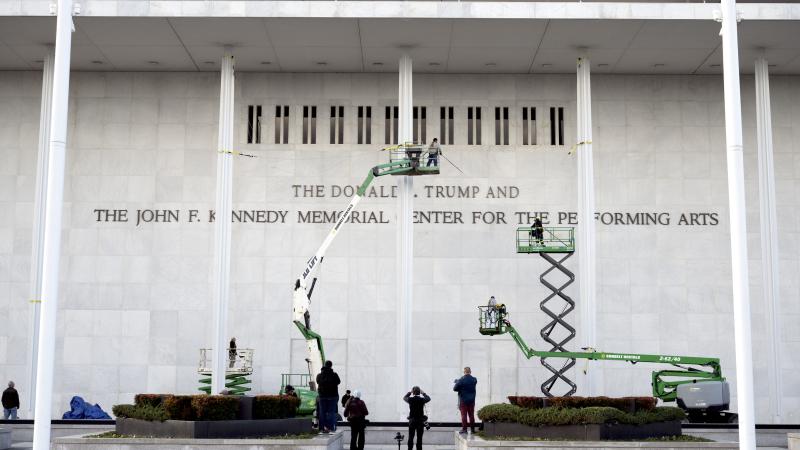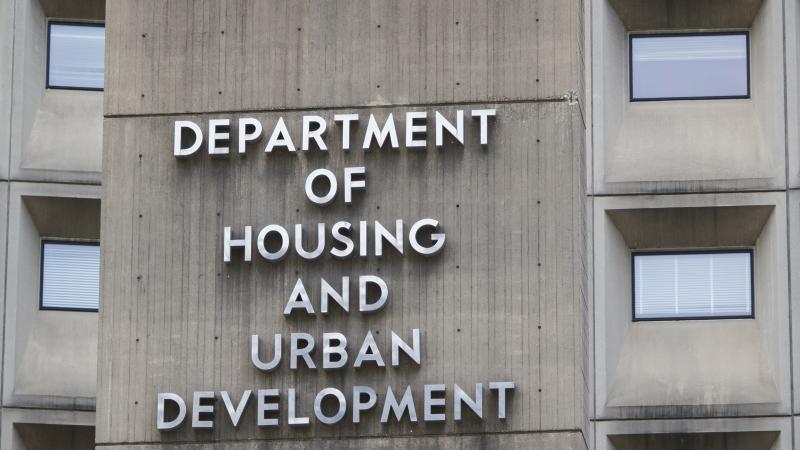New York to invest in offshore wind projects
The law sets goals for 70% of the state's electricity to come from renewable sources by 2030 and 9,000 megawatts of offshore wind by 2035.
(The Center Square) — New York will invest in several offshore wind projects, Gov. Kathy Hochul announced this week, as the state struggles to meet its ambitious climate change goals.
Hochul has awarded funding to three offshore wind projects and 22 other renewable energy projects capable of generating up to 6.4 gigawatts of power, which she touted as the state's largest investment in wind energy to date. Once completed, the projects will collectively deliver 12% of New York's energy needs by 2030, she said.
“New York continues to set the pace for our nation’s transition to clean energy," the Democrat said in a statement. "An investment of this magnitude is about more than just fighting climate change – we’re creating good-paying union jobs, improving the reliability of our electric grid, and generating significant benefits in disadvantaged communities."
A state law that requires New York to reduce emissions from the electric grid to net zero by 2040 in part by diversifying the state's energy portfolio to include wind, solar and other renewable energy. The law sets goals for 70% of the state's electricity to come from renewable sources by 2030 and 9,000 megawatts of offshore wind by 2035.
But the move to expand offshore wind comes at a risky time for the nascent industry. Developers are scaling back — or, in some cases, backing out of projects — citing supply chain disruptions, higher construction costs and a lack of state and federal government tax credits.
This month, New York utility regulators rejected requests for more funding for four offshore projects expected to provide up to 4,230 megawatts of clean energy when developed.
Hochul was among several Democratic governors urging the Biden administration to provide more federal funding and resources to develop offshore wind power, warning that several projects along the Atlantic coastline are at risk of failure.
Specifically, they've called for expanding access to federal tax credits for wind energy, providing more money to states, and streamlining the regulatory and permitting process.
Despite the financial pressure, the Biden administration is pursuing plans to add at least 30 gigawatts of offshore wind in the U.S. by 2030, arguing the plan will boost the nation's clean energy industry and create good-paying construction jobs.
In New York, Republicans are urging the state to tap into renewable natural gas, green hydrogen and other alternative fuel sources as part of long-term plans to wean the state off fossil-burning energy sources.
However, environmental groups and other critics say those alternative energy sources can be more expensive to produce than traditional fossil-produced gas and less reliable than wind or solar.
The debate mirrors a national discussion on the shift to clean energy, with large-scale utilities and industry groups calling on states and the federal government to pursue new technologies to help reduce greenhouse gas emissions.
Several states seek to expand reliance on renewable natural gas by incentivizing utilities to expand their reliance on the fuel source.
















